What is a Cavapoo? Cavapoo 101
The cavapoo is one of the cutest pups in the world, but what exactly is it? This guide will walk you through precisely what a cavapoo is and everything you need to know before you buy one of these loving canines.
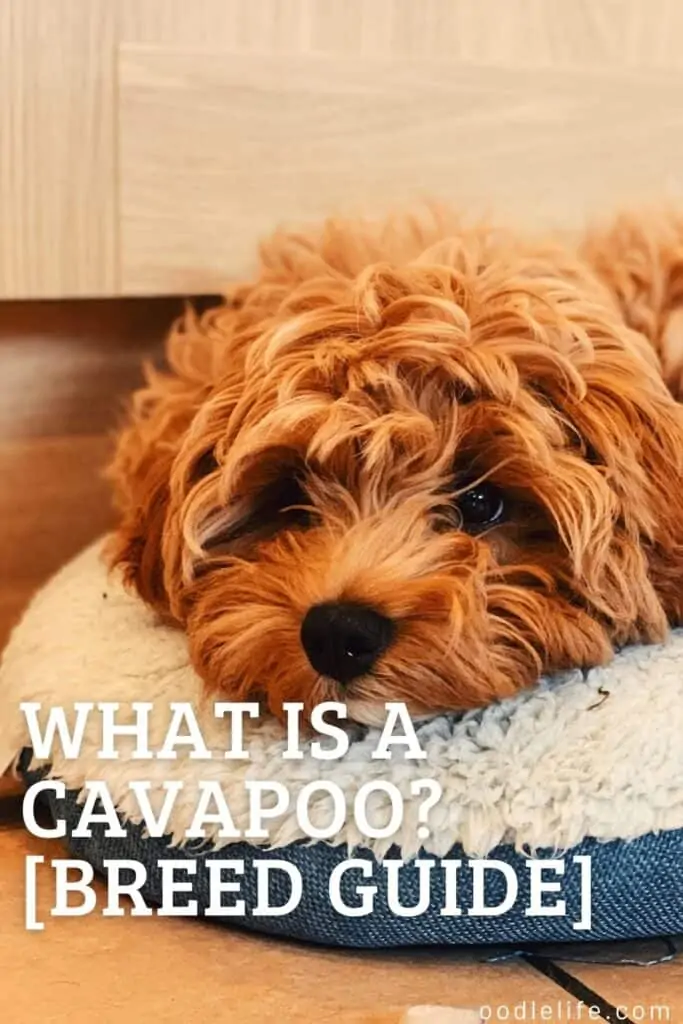
What is a Cavapoo?
The “Cavapoo” is a small- to medium-sized canine, weighing between 9-25 lbs and standing at 14″ tall at the shoulder, at most. These energetic pups can be red, black, white, or a mixture of these hues.
Even when bred with a standard Poodle, expect a Cavapoo offspring to be small or miniature.
It is one of many new types of canine hybrid breed dogs involving Poodle genetics. Many breeders and prospective dog owners gravitate toward the Poodle as-is because of its hypoallergenic properties, exceptional intelligence, and friendly nature.
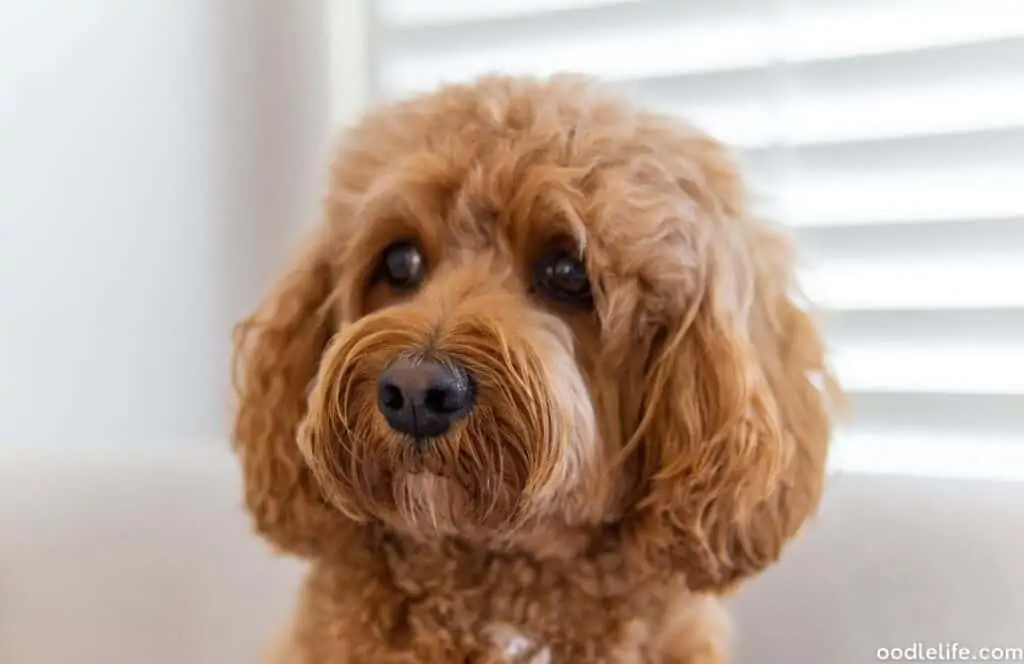
Yet, some can’t resist enhancing its lovable traits by breeding the Poodle with other favored dogs, such as the Cavalier King Charles spaniel. Here’s a look at the two canines that make up the “cavapoo,” and how their personalities meld to make one of the world’s most adorable pups.
One-Half of the Cavapoo: The Cavalier King Charles Spaniel
The Cavalier King Charles spaniel is one of the gentlest, most loving breeds that ever existed. They are small dogs, weighing an average of 13-18 lbs and standing between 12-13″ tall.
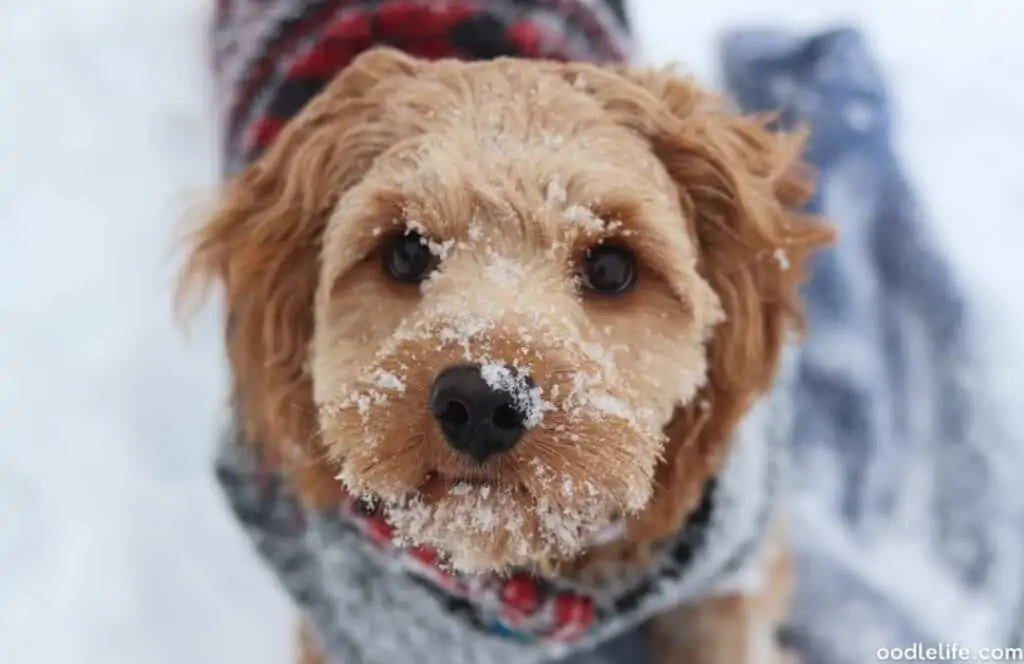
These dogs have big, bright eyes gracing their little faces, reflecting their bubbly, pleasant dispositions. Their ears hang low and heavy, covered in curly or wavy hair, often the hue of the darker shades in their coat. For instance, a cavalier spaniel will most likely be:
- Mostly white with red patches on the back, back legs or bottom, ears, and around the eyes
- Tricolor with brown around the eyes, and black on the ears, head, back, and possibly tail
- Almost entirely black, perhaps with a few brown markings on the face and feet
Although its ears tend to have curly locks, the hair covering the rest of the cavalier’s body tends to be straight, smooth, and silky. Grooming responsibilities are arguably more burdensome with a cavapoo, since their coats tend to fall on the curlier side, thanks to the Poodle heritage.
The Cavalier King Charles spaniel is one of the American Kennel Club’s (AKC) “toy” breeds. This is how we end up with a Miniature Cavapoo. They can maintain high energy levels or adapt to a mellow life at home. This behavioral flexibility is a quintessential “oodle” personality trait, which is why so many a dog owner loves them.
With that said, these pups have strong hunting instincts that they may pass on to their Cavapoo offspring. This trait might make it challenging to control them if they’ve caught wind of an attractive scent. It might also make a cavapoo inclined to chase other household pets, like cats or rodents, since Cavaliers are naturally mousing dogs (dog breeds that hunt rodents).
However, they’re incredibly friendly and easily trained. So, when combined with a poodle’s intelligence, you can easily teach your cavalier pup to “leave it” if need be, among other commands.
The Cavapoo’s Other Half: The Poodle
The purebred Poodle is one of the most well-known dogs in the world. As I mentioned earlier, it’s widely preferred because of its many desirable characteristics, namely its unmatched intelligence, lovable personality, and of course, its hypoallergenic coat. Although these are the poodle’s most notable traits, they hardly scratch the surface of this breed’s description.
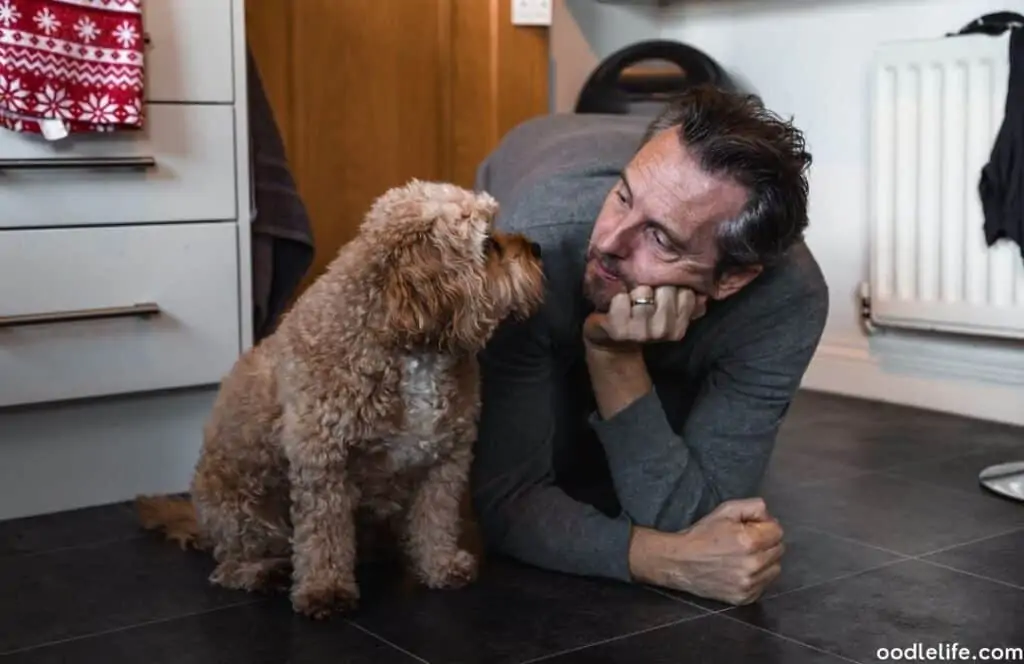
Poodles are surprisingly large – at least, in their standard form. The boys can weigh between 60-70 lbs and girls tend to remain between 40-50 lbs. These pups typically stand about 15″+ tall. Now, you might be thinking: If poodles are so big, how on Earth do they breed with cavaliers?
Well, there are three different sizes, and breeders don’t have to choose the standard. Poodles can grow into any of these categories:
- Standard: AKC breed standards say that they should be no more than 15″ tall at the shoulder
- Miniature: 15″ tall or shorter
- Toy: 10″ or shorter
Be sure to ask the breeder about the specific type of poodle your dog’s parent was bred with. This will give you an idea of the expected adult size. It’s best to visit the breeding facility in general before buying a cavapoo – or any puppy at that.
Seeing the parents in person will also clue you in to the type of coat you can expect from your cavapoo. Poodles tend to have very dense, curly coats that can be either black, white, or apricot. So, a cavapoo puppy might inherit this texture and any of these colors from the poodle half of its lineage.
Additionally, poodles’ coats require a bit more care and attention. So, make sure to factor that into your cavapoo puppy care plan, and don’t count on its coat being smooth and silky like the Cavalier’s.
No matter what, you can expect your cavapoo puppy to have long ears with thick, flowing hair all over them. This is because the poodle shares this feature with cavalier King Charles spaniels.
What Should I Know Before Buying a Cavapoo?
So, you’ve learned the most important things to know about the teddy bear Cavapoo breed. At this point, you might feel ready to make a decision on whether this is the dog for you. But wait – there’s more! Below are a few more key details to keep in mind before you buy or adopt one of these precious pooches.
Cavapoo Lifespan
The Cavapoo comes from two relatively long-lived breeds. On its own, this dog is expected to live an average of 10-15 years. The good thing about the cavapoo being a crossbreed is that its chances of developing breed-specific illnesses are significantly lower.
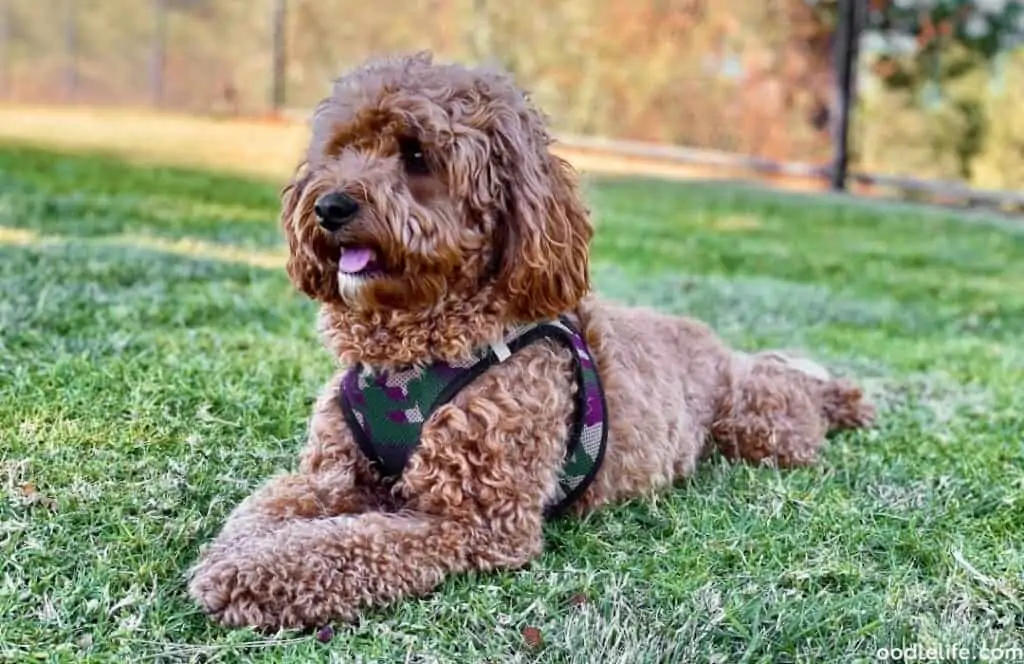
Still, you need to make sure you buy from a reputable breeder. This is because both parent breeds are susceptible to many diseases. Poodles are prone to the conditions listed below (note that this is only a partial list):
- Addison’s disease
- Cushing’s disease
- Epilepsy
- Hip dysplasia (common for larger dogs)
- Hypothyroidism
- Patellar luxation
- Eye problems, including progressive retinal atrophy and optic nerve hypoplasia
- Von Willebrand’s disease
On the other hand, cavaliers are highly vulnerable to illnesses affecting the eyes, teeth, and digestive system.
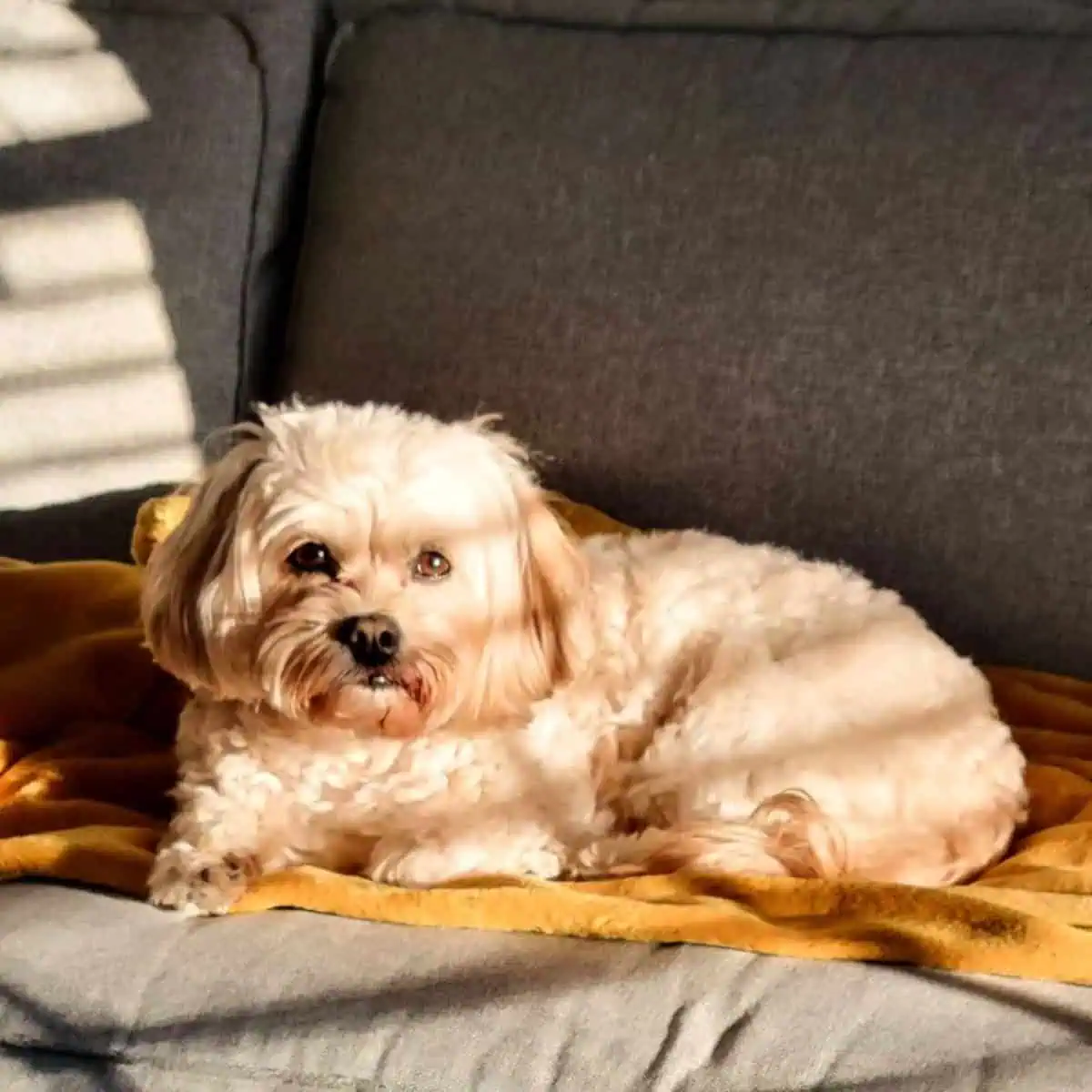
Veterinary records show that their most common “disorder categories” include cardiac issues (31.7% of Cavalier King Charles spaniels were diagnosed with these health problems), skin conditions (22.2%), eye problems (20.6%), digestive troubles (19.3%), and dental complications (15.2%).
Additionally, heart mitral valve disease (MVD) is the leading cause of death in Cavalier King Charles spaniels. Even though this illness isn’t shared with poodles, it’s worth monitoring your cavapoo’s health for. Nearly all Cavaliers are affected by ten years old, while half are diagnosed by five.
To ensure your cavapoo lives a long, healthy life, I suggest you follow the AKC recommendations for each of its parent breeds. When you buy from a breeder, ask for records of hip, patella, and ophthalmologist evaluations. Consider a cardiac exam, too.
Is the Cavapoo a Good Family Dog?
The Cavapoo is undoubtedly an excellent family dog. Their temperament is friendly, family oriented and upbeat. From what you’ve learned about its origin breeds so far, that much should be clear.
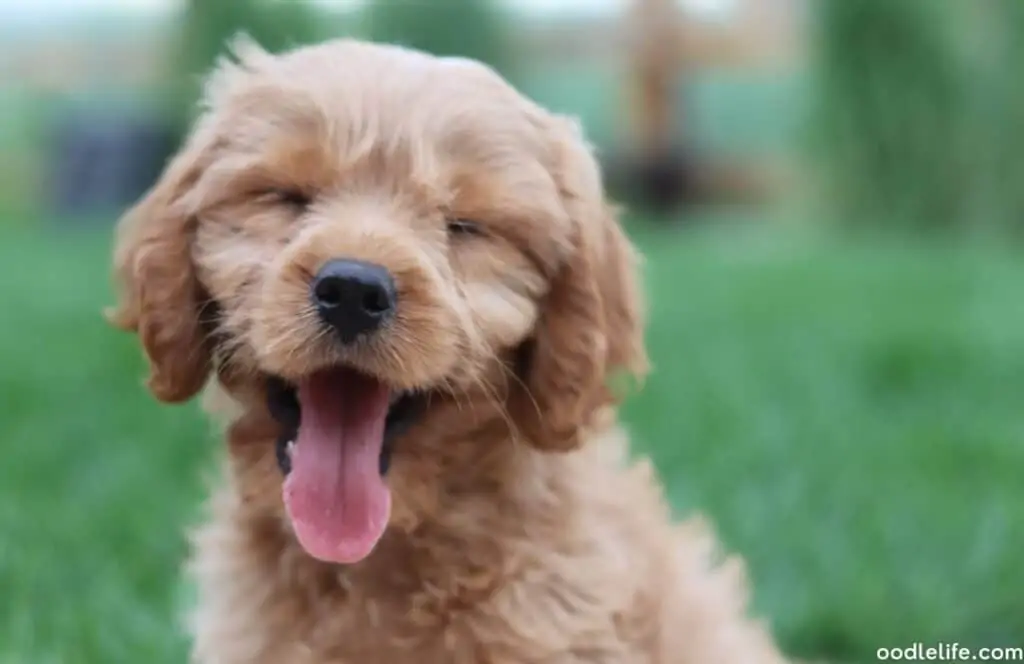
Whether your family prefers to stay indoors on the weekend and cuddle up on the couch or go out for a hike instead, the Cavapoo can keep up with you, given its cavalier and Poodle roots.
Both its parent breeds are highly adaptable and have energy levels that distinguish them as athletic breeds. As mentioned earlier, the Cavalier side is known for its hunting skill. Yet, few people realize that the Poodle was also originally bred as a hunting dog (duck retriever).
While the Spaniels (e.g. Cocker Spaniel and Cockapoo) tracked down rodents on land, the Poodles took to the water, helping their owners pin down ducks as one of the original European water dogs.
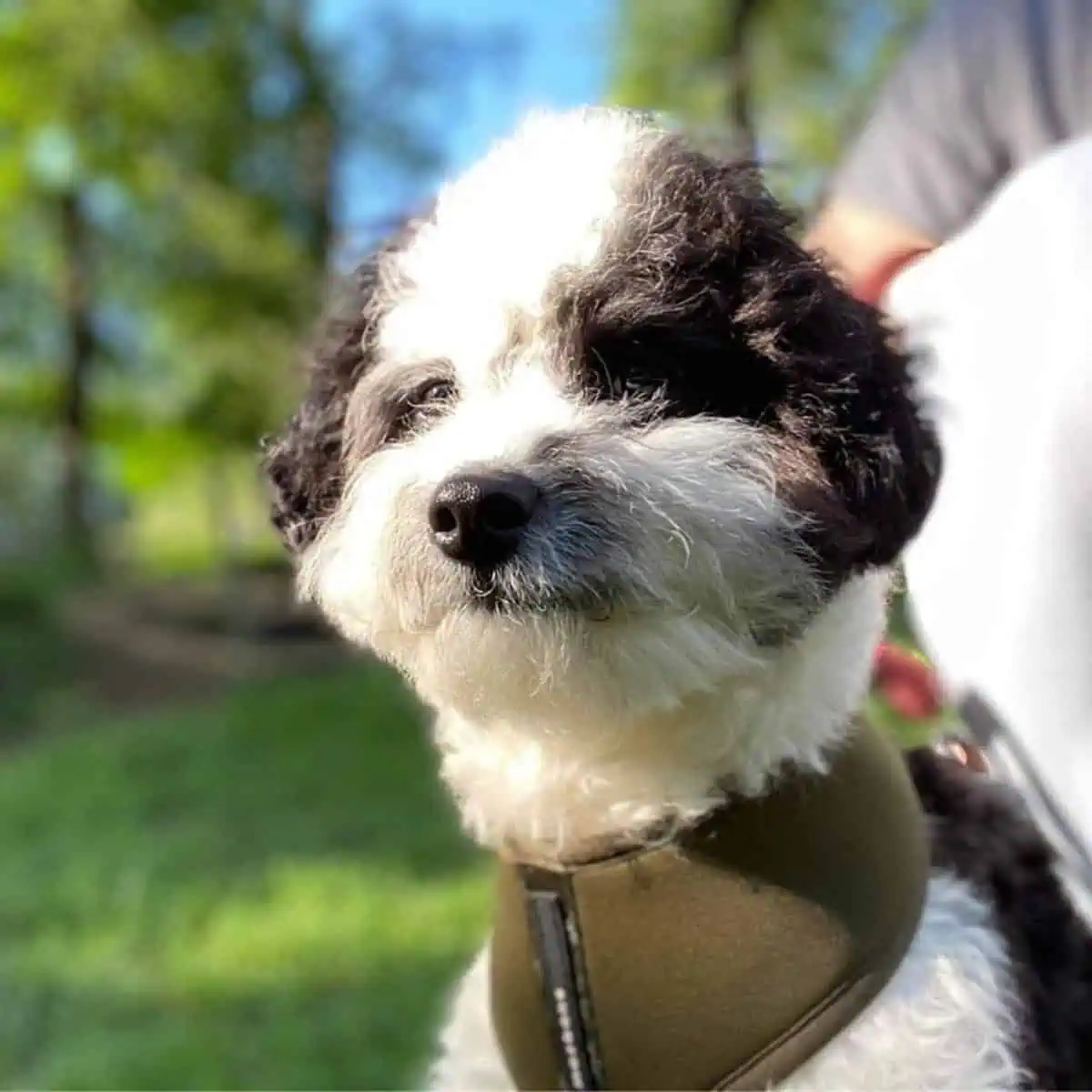
With that said, the Cavapoo is ideal for active families and owners who are interested in sports like agility, walks, small hikes or beach visits. However, an old-fashioned game of fetch in the backyard will keep your pup happy, too.
Veterinarians specifically recommend these dogs as great play partners for kids aged six years and older. Although Cavapoos are very sociable in general, you should still supervise them around small children. Purebred dog or hybrid dog breeds need supervision around younger children – even though the small dog Cavapoo size makes them seem like perfect playmates for toddlers.
Their loving demeanor also makes them perfect therapy dogs, like many other “oodle” mixed breed dog (like the Goldendoodle or Labradoodle).
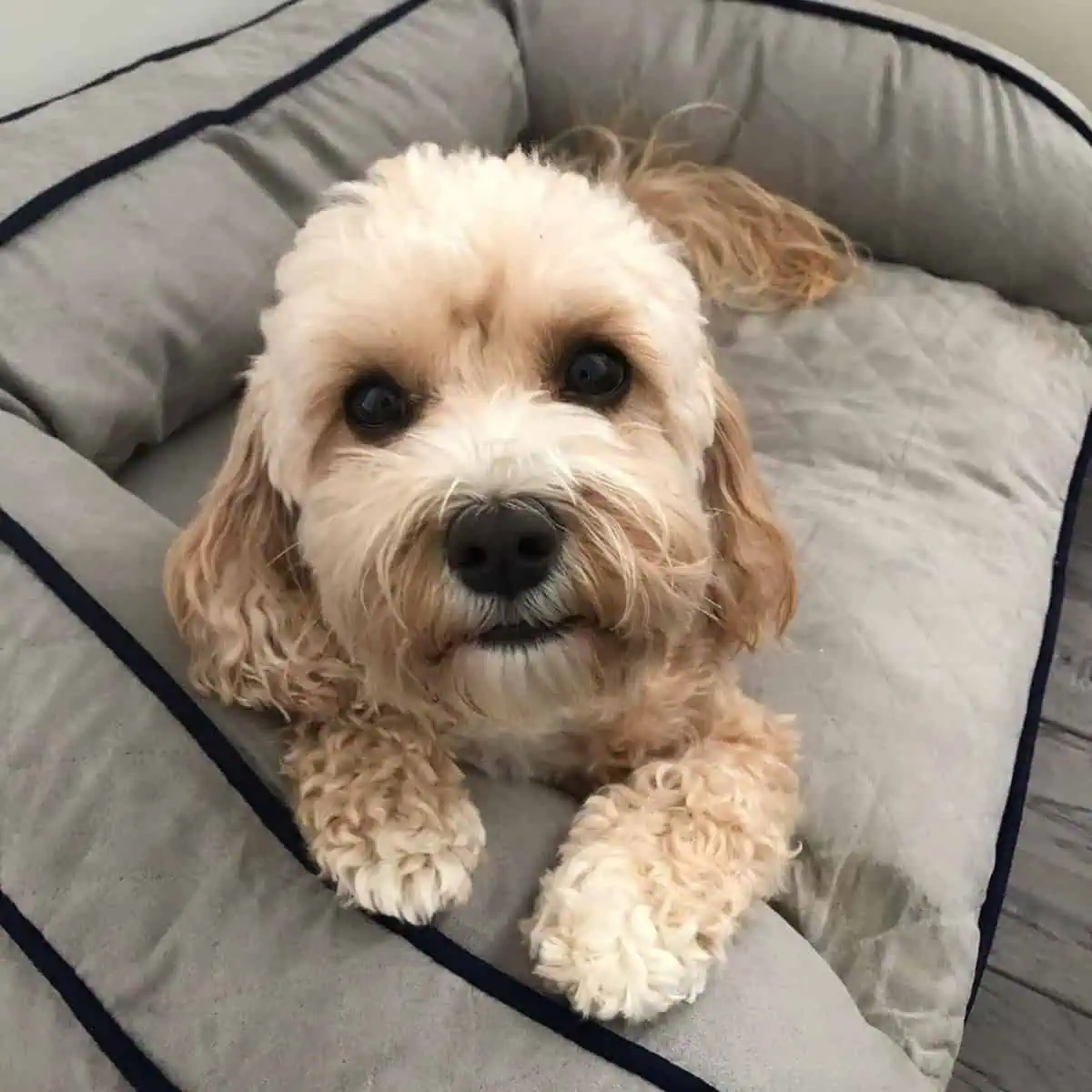
Additionally, as a companion breed, your Cavapoo will need lots of socialization and will prefer to live indoors with the family. If you’re looking for a breed to keep secured in the backyard for protection, livestock guarding, or other purposes, this may not be the breed for you.
Does a Cavapoo Shed?
So, one of the most attractive features of the Cavapoo dog is its low-maintenance, low allergen coat. If one of your family members is sensitive to pet dander, this is a good breed to welcome into your home. Just keep in mind that it’s not entirelyallergen-free as a hypoallergenic dog breed.

Any Cavapoo owner should expect a small chance of reaction, and also some very minor shedding of the Cavapoo coat.
Plus, there’s the issue of shedding. One of the reasons why even a Poodle Mix hypoallergenic dog, like the Cavapoo, aren’t 100% allergen-free is because the protein responsible for the runny noses and sneezing is attached to the dog’s skin, saliva, and urine – not the actual dog hair.
Dogs that get the “allergy-free” title only earn it because they shed very little compared to other breeds. With that in mind, it’s best to keep up with regular brushing and grooming to prevent matting from shed hair that gets stuck in the coat.
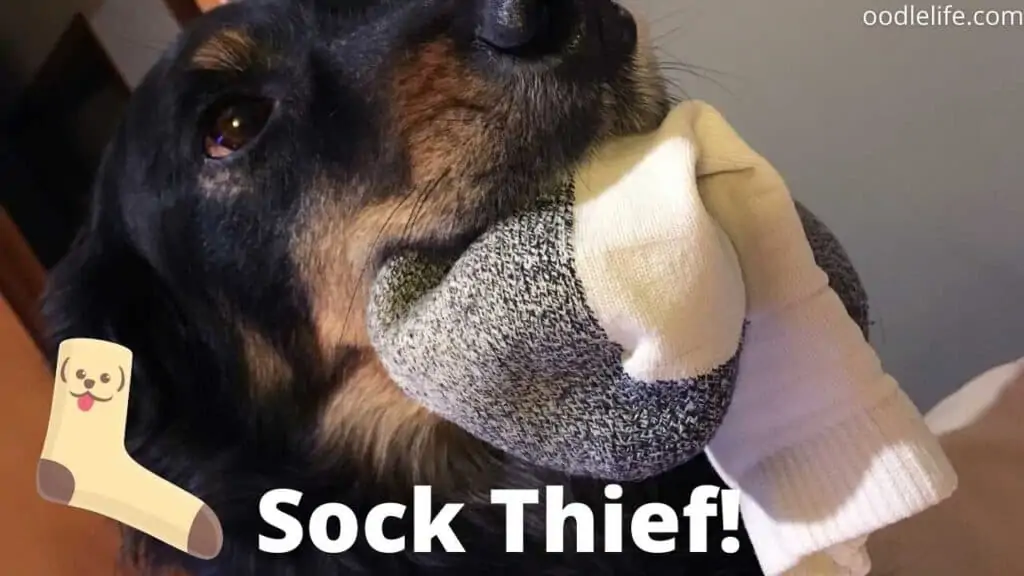
Plus, a healthy diet and a good bathing schedule (vets suggest every two to four weeks) will help your designer dog’s skin and hair remain strong and healthy, preventing excessive shedding patterns. Just make sure you’re prepared for the spring and summer seasons, as all dogs shed the most during warmer periods.
Have you adopted or rescued a Cavapoo? Check out our 153+ best names for Cavapoo dogs. We vetted the list (pun intended) to make sure the names are actually good.